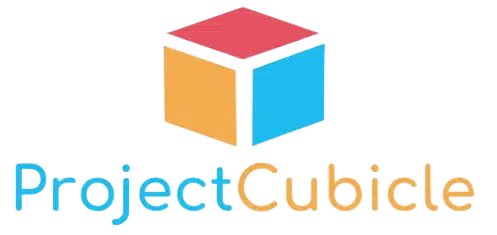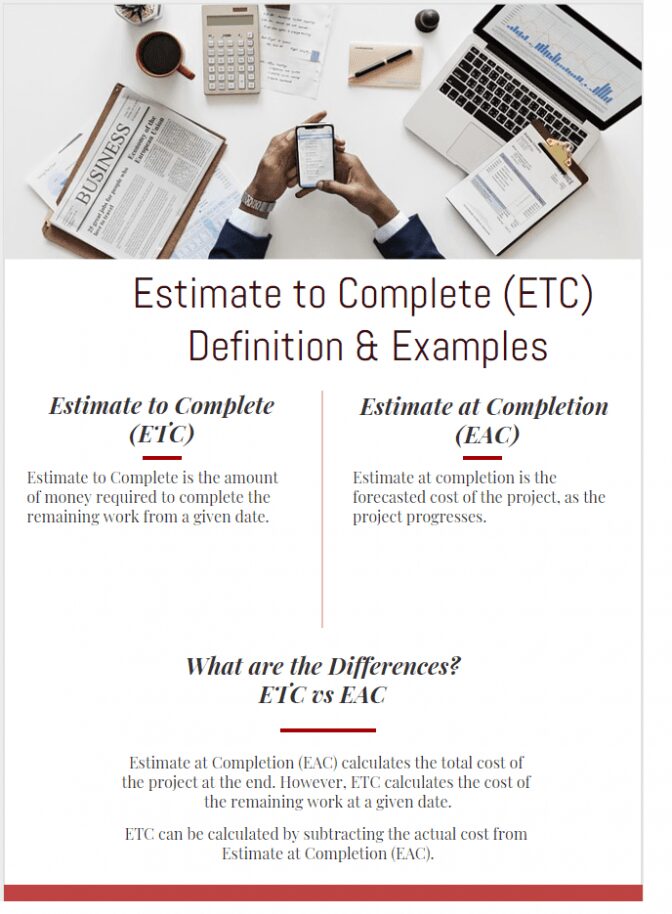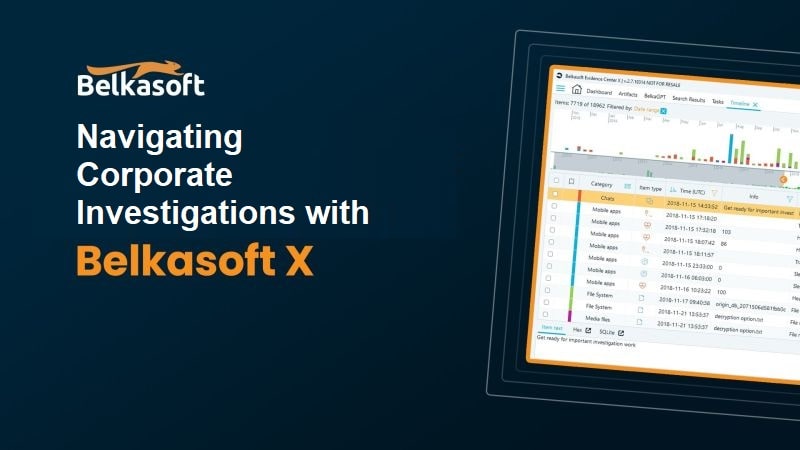Project managers often wonder how much money they will spend to complete the remaining project works. If the remaining direct costs and indirect costs of the works are more than estimated, clients, funders, and stakeholders will be unhappy and they will start to question the project’s success. It is clear that accurate project cost estimation is one of the most important methods that helps to evaluate the project’s success.
Table of Contents
Estimate to Complete Examples
Basically, cost estimation is the practice of assigning a value to a task that incorporates a wide range of tools and techniques. For that purpose, Estimate to Complete meaning (ETC) is a strong forecasting tool used along with the estimate at completion. Unlike the EAC (Estimate at Completion) which calculates the overall project expected budget, the ETC does not take into consideration.
It calculates the cost from now to the completion of the project. In this article, we will discuss the concept and analyze the estimate to complete formula with examples to provide you a better understanding.
Estimate to Complete formula (ETC) Calculation Methods: what is estimate to complete?
In Earned Value Analysis, there are four essential calculation methods that help you to make correct etimations for the future cost performance of your project. These are;
- ETC (Estimate to Complete)
- EAC (Estimate at Completion)
- VAC (Variance at Completion)
- TCPI (To Complete Performance Index)
ETC (Estimate to Complete) allows the project manager to compare the funding needs required to finish the project with available funding.
ETC can be calculated by using two methods.
- Bottom-Up Cost Estimation: Here you make a new estimate of the remaining work.
- ETC Formula: Subtracting the Actual Cost (AC) from Estimate at Completion (EAC)
Estimate to Complete Formula & Examples
Estimate to Complete Example 1
Assume that your organization has a project to erect 100 pylons. The total budgeted cost of the project is 1,000,000 USD. To date, you have spent 300,000 USD. During the execution, you noticed that you are spending more than planned. Therefore you need to calculate the remaining cost of the project.
You work with the construction team to estimate the cost of the remaining project works. According to your new estimations, you will pay;
- 500,000 USD for rental equipment
- 250,000 USD for workmanship
- 50,000 USD for general expenses.
estimate to complete meaning
Now we will Calculate the ETC.
Budget at Completion = 1,000,000 USD
Actual Cost = 300,000 USD
Cost of Rental Equipments = 500,000 USD
Cost of Workmanship = 250,000 USD
General Expenses = 50,000 USD
Estimate to Complete Formula: ETC = Cost of Rental Equipments + Cost of Workmanship + General Expenses
= 500,000 + 250,000 + 50,000
= 800,000 USD
ETC = 800,000 USD
Estimate to Complete Example 2: what is estimate to complete?
Assume that your company has undertaken a project to be completed in 20 months. The total budgeted cost of the project is 20,000,000 USD. Twelve months have passed and 7,000,000 USD has been spent. According to the work performance reports, only 30 % of work has been completed.
Suppose that your projects cost performance will remain the same for the remaining works.
Let’s calculate the ETC for this project.
Given in the question:
Budget at Completion = 20,000,000 USD
Actual Cost (AC) = 7,000,000 USD
Earned Value (EV) = 30% of 20,000,000 USD
= 6,000,000 USD
We will calculate Estimate at Completion (EAC) in order to calculate the ETC
EAC = BAC / Cost Performance Index
Cost Performance Index (CPI) = 6,000,000 USD / 7,000,000 USD
= 0.857
Cost Performance Index (CPI) = 0.857
Estimate at Completion (EAC) = 20,000,000 USD / 0.857
= 23,333,333 USD
Estimate at Completion (EAC) = 23,333,333 USD
Estimate to Complete Formula: ETC = 23,333,333 USD– 7,000,000 USD
= 16,333,333 USD
ETC for this project is 16,333,333 USD.
ETC Example 3
The project was about building 50 cabins. The cost of building 1 cabin was estimated as 100 units of money and the total budget was 5000 units of money.
As per the work performance reports,
- The project team has built 30 cabins
- The project team has spent 3300 units of money to build 30 cabins
- The project team needs to build another 20 cabins to complete the project
As per the information given above, we can say that the remaining work is 20 cabins and ETC would be the expected cost of the building remaining 20 cabins.
Let’s look at the following calculations: how to calculate estimate to complete?
- Calculation 1
If 30 cabins were built spending 3300 units of money then 20 cabins can be built in (20×3300/30) = 2200 units of money.
- Calculation 2
İn the past our worker’s performance was low but now their performance is better so the remaining 20 cabins can be built as per the original estimate (20×100) = 2000 units of money.
- Calculation 3
Our workers have gained experience about building cabins and the efficiency will improve so we are assuming that each cabin can be built in 90 units of money and 20 cabins can be built (20×90) = 1800 units of money.
Estimate to Complete vs Estimate at Completion – What are the Differences?
There is another tool used to forecast the project costs which is known as the Estimate at Completion (EAC). Professionals often confused with the differences of ETC and Estimate at Completion (EAC). They are different tools used for different purposes.
Estimate at Completion (EAC) calculates the total cost of the project at the end. However, ETC calculates the cost of the remaining work at a given date.
ETC can be calculated by subtracting the actual cost from Estimate at Completion (EAC).
Summary
Estimate to Complete (ETC) is a strong forecasting tool that shows the planned cost to complete the remaining project work. It provides an answer to the question: How much money is needed to complete the remaining project work? Basically, this technique provides you a rough idea of how much money will be spent to complete the remaining work.
ETC is a forecasting technique. It can be done either by using the project’s past performance or by re-evaluating the remaining project work. This estimate can be updated regularly as the project progresses and the project moves towards the completion.
Estimate to Complete Wrap up
ETC is the expected cost that you will spend to complete the remaining work of the project. It is an effective forecasting tool which helps to calculate the cost of the remaining work and determine cost deviations.
Note that this topic is very important from a PMP Certification Exam point of view. You may encounter a few questions related to this topic on the exam. Therefore we recommend you to understand the concept very well to pass the exam at the first attempt.
See also
External References

Vice President, İntelligent Design & Consultancy Ltd
Over 12 years of global & rich experience in Portfolio & Program Delivery Management in leading & managing IT Governance, PMO, IT Portfolio/Program, IT Products, IT service delivery management, Budget Management, and more.














Great insights on Estimate to Complete! The examples really helped clarify how ETC can be applied in real-world scenarios. I especially liked the detailed breakdown of the first example—it made it much easier to understand. Thanks for sharing!